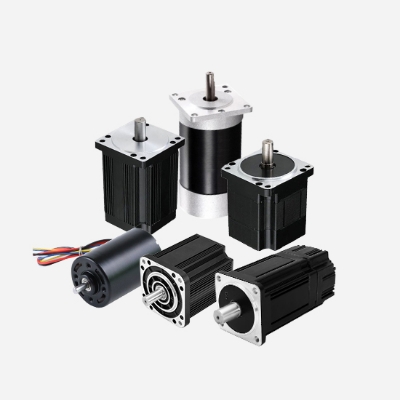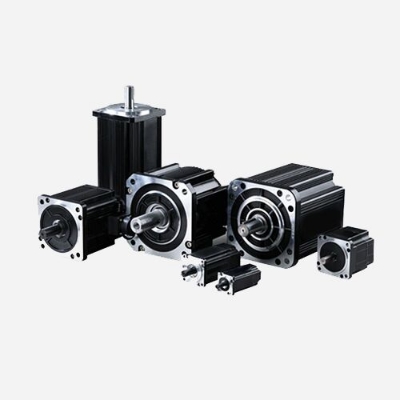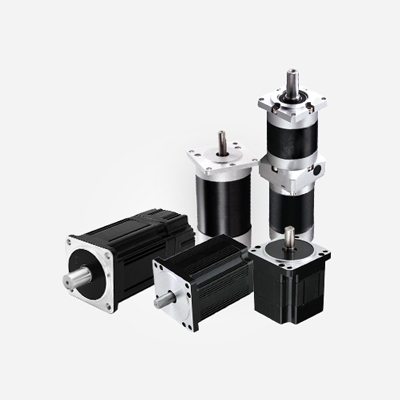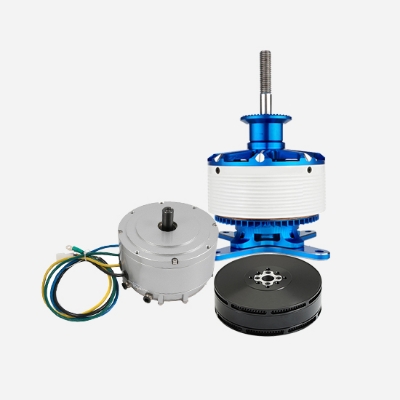What is a brushless DC motor?
A brushless DC motor is a low-power DC motor with electronic commutation. It consists of a synchronous motor and a driver. BLDC motors on Brushless.com is also a sensored brushless motor. It overcomes the shortcomings of the brushed DC motor and replaces the mechanical commutator with an electronic commutator. Therefore, the brushless DC motor not only has the characteristics of good speed regulation performance of the DC motor but also has a simple structure and no advantages of reversing spark, reliable operation and easy maintenance. The brushless DC motor is actually a DC power input, an electronic inverter is used to convert the DC power into an AC power, and a three-phase AC permanent magnet synchronous motor with rotor position feedback. Compared with the general DC motor, it has great advantages in performance and is the most ideal speed regulating motor today.
What is a stepper motor?
A stepper motor is a micro-motor that converts electrical pulse signals into angular displacement to control the rotation of the rotor. It is used as an executive element in an automatic control device. Each time a pulse signal is an input, the stepper motor advances one step, so it is also called a pulse motor. Stepper motors are mostly used in peripheral equipment of digital computers, as well as in devices such as printers, plotters, and magnetic disks.
The drive power supply of the stepper motor consists of a variable frequency pulse signal source, a pulse distributor and a pulse amplifier, from which the drive power supply provides pulse current to the motor windings. The running performance of the stepper motor depends on the good cooperation between the motor and the drive power.
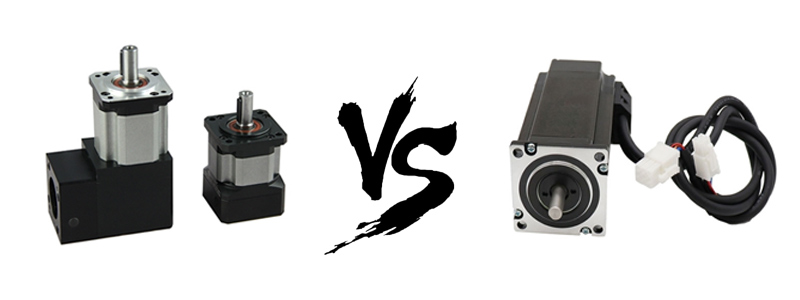
Brushless DC Motor vs. Stepper Motor
The brushless DC motor is a high-performance motor. It uses a permanent magnet rotor without excitation loss. The heated armature winding is mounted on the outer stator, which is easy to dissipate heat. A Stepper motor is an open-loop control element stepper motor that converts electrical pulse signals into angular displacement or linear displacement. In the case of non-overload, the speed and stop position of the motor only depend on the frequency and number of pulses of the pulse signal, and are not affected by load changes.
- Definition: Stepper motor is an open-loop control motor that converts electrical pulse signals into angular displacement or linear displacement and is the main executive element in modern digital program control systems. Brushless DC motor is a typical mechatronics product.
- Composition: The stepper motor must be controlled by a double ring pulse signal, power drive circuit, etc. before it can be used. Because the brushless DC motor operates in a self-controlled manner, it will not add a starting winding to the rotor like a synchronous motor with a heavy load starting under variable frequency speed regulation, nor will it produce oscillation and loss of step when the load changes suddenly.
- Principle: The working principle of the stepper motor is to use the electronic circuit to turn the direct current into a time-sharing power supply, and the multi-phase sequence controls the current. This current is used to power the stepper motor, and the stepper motor can work normally. The driver is the time-sharing of the stepper motor. powered, multiphase sequential controller.
The brushless motor uses semiconductor switching devices to achieve electronic commutation, that is, electronic switching devices are used to replace traditional contact commutators and brushes. It has high reliability, no commutation sparks and low mechanical noise, and is widely used in high-end audio recorders, video recorders, electronic instruments and automated office equipment.

